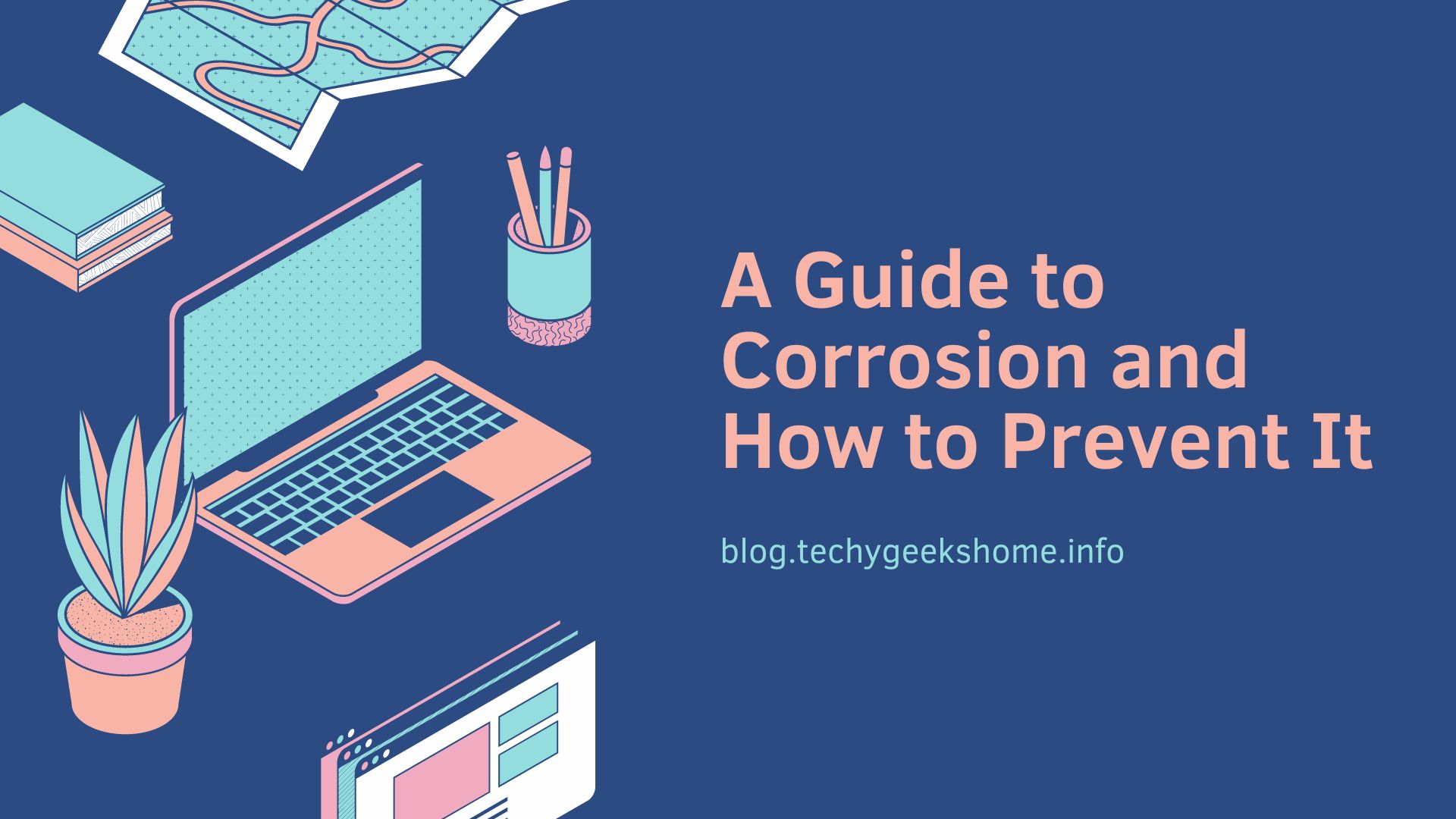Corrosion is a process whereby a metal is converted into more stable forms, including oxides, sulfides, and hydroxides. These changes can occur naturally or after exposure to a chemical or something else that caused these reactions. Common elements that cause corrosion are oxygen and water, although electrical currents, acids, and alkalis are also common causes.
Since corrosion leads to the formation of undesirable compounds, it is a huge concern in industries that require the highest levels of hygiene and the lowest levels of contamination. This article goes over the different types of corrosion and how to prevent them.
Common Types of Corrosion
Galvanic corrosion is common when different types of metals or alloys come into contact. It typically occurs where these electrochemically dissimilar metals are exposed to electrolytes or in contact with an electrical current.
Many people recognize uniform corrosion which occurs in steels and irons when exposed to natural water, soil, and other environmental factors. It is characterized by rust, weakening of the metal, and its total breakdown with enough time.
Pitting corrosion appears as pits and spots on a metal. It is localized corrosion that starts in an area exposed to corrosive elements and then spreads to the rest of the metal.
Stress corrosion cracking occurs in alloys at high temperatures. These temperatures lead to a weakening of their tensile strength, leading to unexpected failure.
Lastly, aqueous corrosion occurs when a metal is exposed to a wet environment. It can also present as uniform or pitting corrosion depending on specific circumstances.
Preventing Corrosion
There are various ways to prevent corrosion, and we will look at these below.
Better Material Selection
Every material that passes through a piping system in industrial and manufacturing settings has different properties. Those could be various ions, their PH, or temperature. Each of these can cause or accelerate corrosion or stressors that lead to contamination or piping failure.
It is important to choose the correct material depending on the properties of what will be transported within the system and the material’s resistance to corrosion. Manufacturing industries are already moving to alloys for hygienic tubing that are highly corrosion resistant. Other materials used for these applications include aluminum, stainless steel, and titanium.
Better Designs and Design Modifications
Designers must consider the potential for corrosion when designing their projects. For example, they should consider using high-quality materials that will not crack under pressure or ones that do not have pits and cracks that can hold liquids that cause corrosion.
Simple changes like using plastic valves between metals in systems with electrical potential can also help.
Protective Coatings
Protective coatings provide physical barriers that prevent contact between the material and corroding elements. These coatings cannot be used in hygienic environments due to the potential for contamination but can be used outdoors and in other applications. Examples include varnishes, lacquers, and paint.
Corrosion is highly destructive, leading to huge losses from material loss and contamination. Understanding the various types of corrosion helps managers and workers understand how to prevent them. The method used and its effectiveness depends on several factors besides the type of corrosion, including environmental conditions, contamination considerations, and the material used.
Discover more from TechyGeeksHome
Subscribe to get the latest posts to your email.











